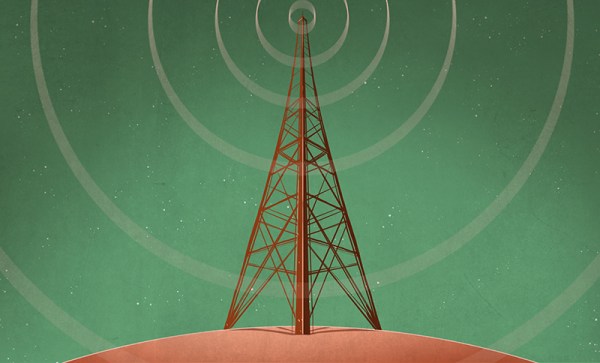The Quansheng UV-K5 is a popular handheld radio. It’s useful out of the box, but also cherished for its modification potential. [OM0ET] purchased one of these capable VHF/UHF radios, but got to hacking—as he wanted to use it as a desktop radio instead!
This might just sound like a simple reshell, but there was actually a bit of extra work involved. Most notably, the Quansheng is designed to be tuned solely by using the keypad. For desktop use, though, that’s actually kind of a pain. Thus, to make life easier, [OM0ET] decided to whip up a little encoder control to handle tuning and other control tasks using an ESP32. This was achieved with help from one [OM0WT] and files for that are on Github. Other tasks involved finding a way to make the keypad work in a new housing, and how to adapt things like the audio and data module and the speaker to their new homes.
Despite the original handheld being much smaller than the case used here, you’d be surprised how tight everything fits in the case. Still, the finished result looks great. We’ve seen some other adaptable and upgradable ham radio gear before, too. Sometimes custom is the way to go! Video after the break.
Continue reading “Turning A Quansheng Handheld Into A Neat Desktop Transceiver”

















